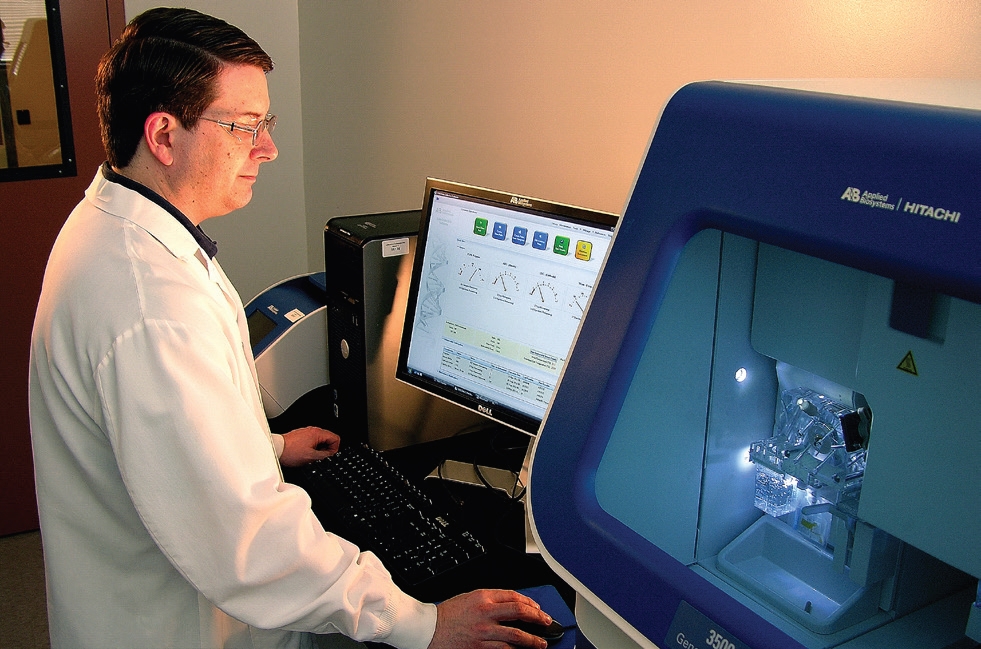Microbial Identification via Genetic Analysis (Eurofins IDmyk Comparative Sequencing)



BACKGROUND:
Microbial Identification via genetic sequencing is extremely useful to help provide identification for unknown isolates that are found to be present in critical areas in an aseptic setting. This is vital for both investigation purposes and regulatory requirement.
The genetic identification services we provide allows for the identification and characterization of bacterial, yeast and mould isolates to the species level. This genetic identification technology outperforms phenotypic approach (such as the MALDI-ToF) in terms of accuracy in identification. You can refer to the article "Genotypic approach to microbial identifications outperforms phenotypic approach" for more details.
PRINCIPLE OF TEST:
Genomic DNA is extracted directly from dead or alive bacterial colonies grown under any conditions. The 16S rRNA gene is amplified using universal primers and thermalcyclers. The amplified 16S rRNA gene product is sequenced using dye terminator cycle sequencing chemistry. The sequence reactions are analyzed using automated DNA sequencers and software.
Unknown bacteria samples are identified using microbial identification software and compared against the our Eurofins IDmyk Comparative Sequence Index database containing over 8,470 entries. Routine bacterial identification is performed (by default) using the long sequence (1,200-1,400 base pairs) of the rDNA. The longer sequence allows for better discrimination of closely related species and therefore gives higher confidence in the results provided.
Data analysis can be done using either automated or manual modes. Outcome predictions is done using the phylogenetic tree tool. The system also has the ability to build user-defined and user-validated custom libraries
With 8,470 valid bacteria type strains entries, the Eurofins IDmyk Comparative Sequence Index database which is proprietary to Eurofins is currently the largest database in the world. The Eurofins IDmyk fungal database (1,650 species) complements the bacterial library. As we know, the larger the database, the better the reliability of the discrimination, and this truly sets us apart from other providers of this service.
SAMPLE REQUIREMENTS:
A submission form should be completed detailing the sample(s) to be examined and any comparisons required. Any additional information that you have regarding identification, will help us to minimize turnaround time e.g. growth conditions, API results etc
Pure isolates can be submitted preferably on agar plate. Broth culture can also be submitted which will be streaked onto the appropriate agar, checked for purity and processed
The Genetic Sequencing Identification service is currently scheduled to run once every 2 weeks. This can be more frequent depending on the volume of samples received for testing. A faster turnaround time is possible depending on the number of samples submitted for testing.
| Test Protocols | ||
|---|---|---|
| Method Code | Test Description | Turnaround Time |
| TMI-006 | Eurofins IDmyk Comparative Sequencing Identification (Bacteria, Probiotics, Yeast & Mould) | 2 weeks |
